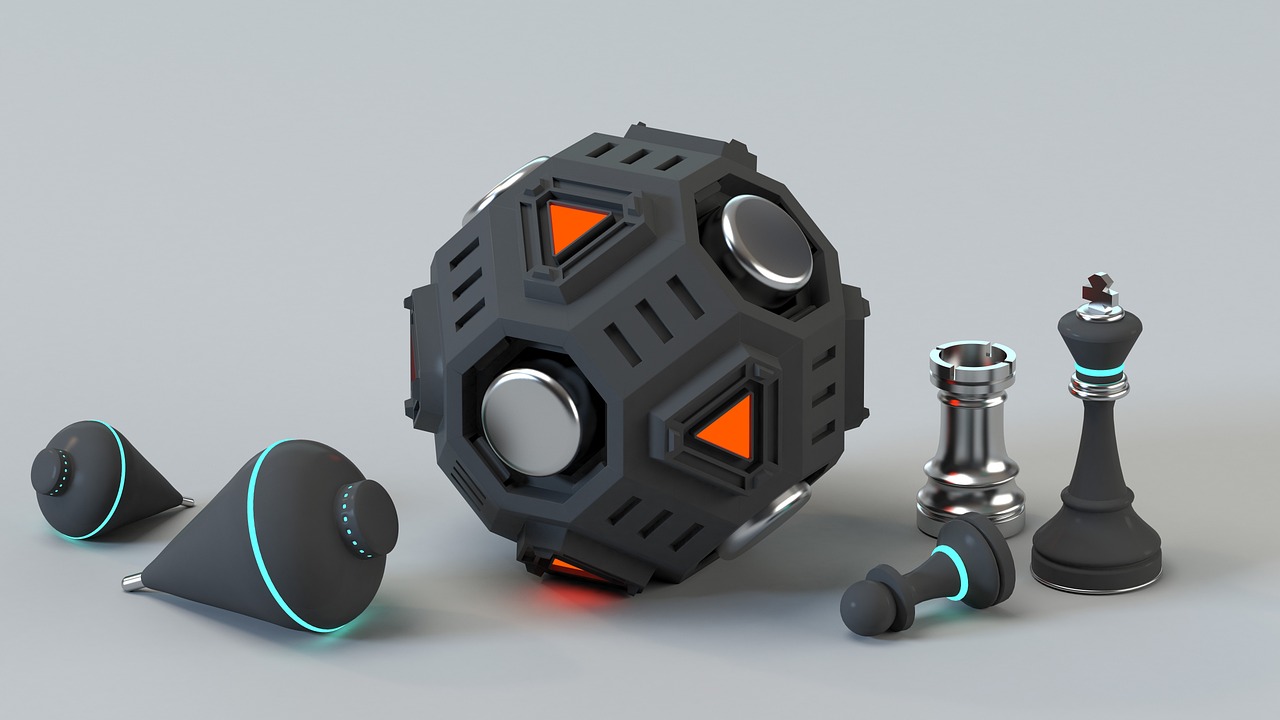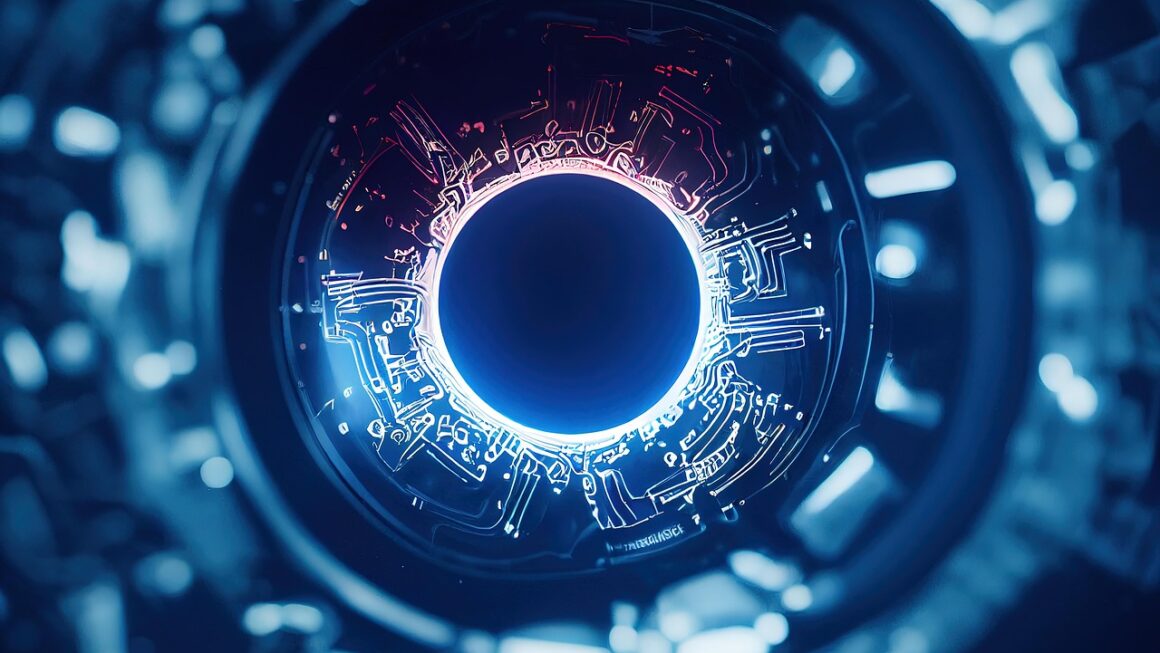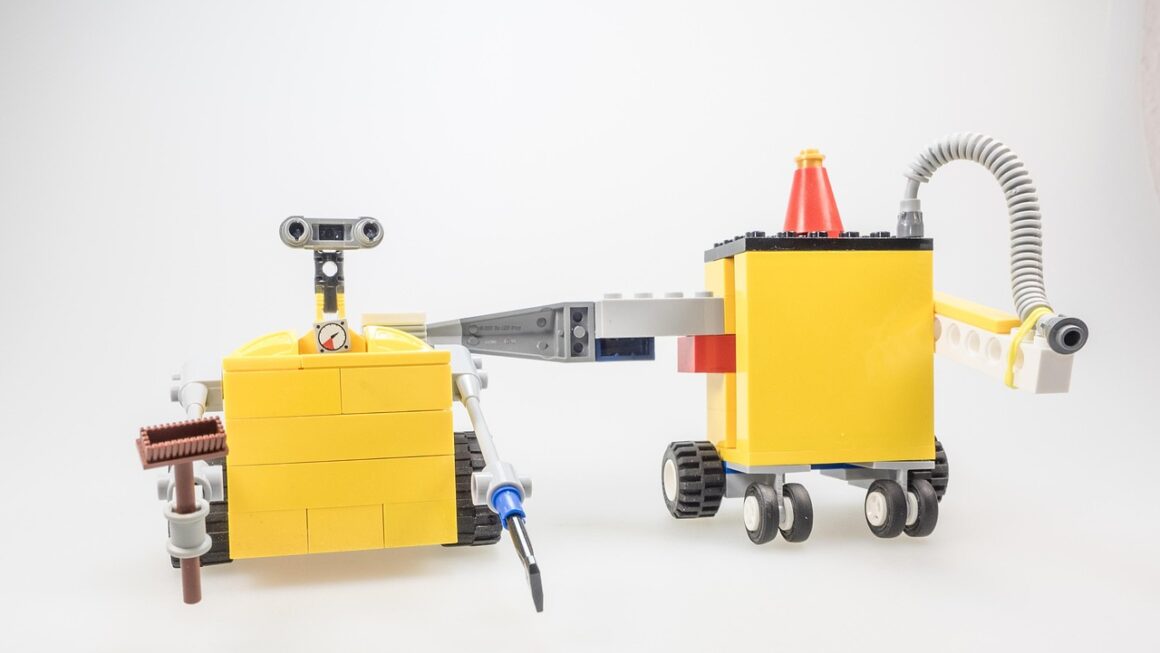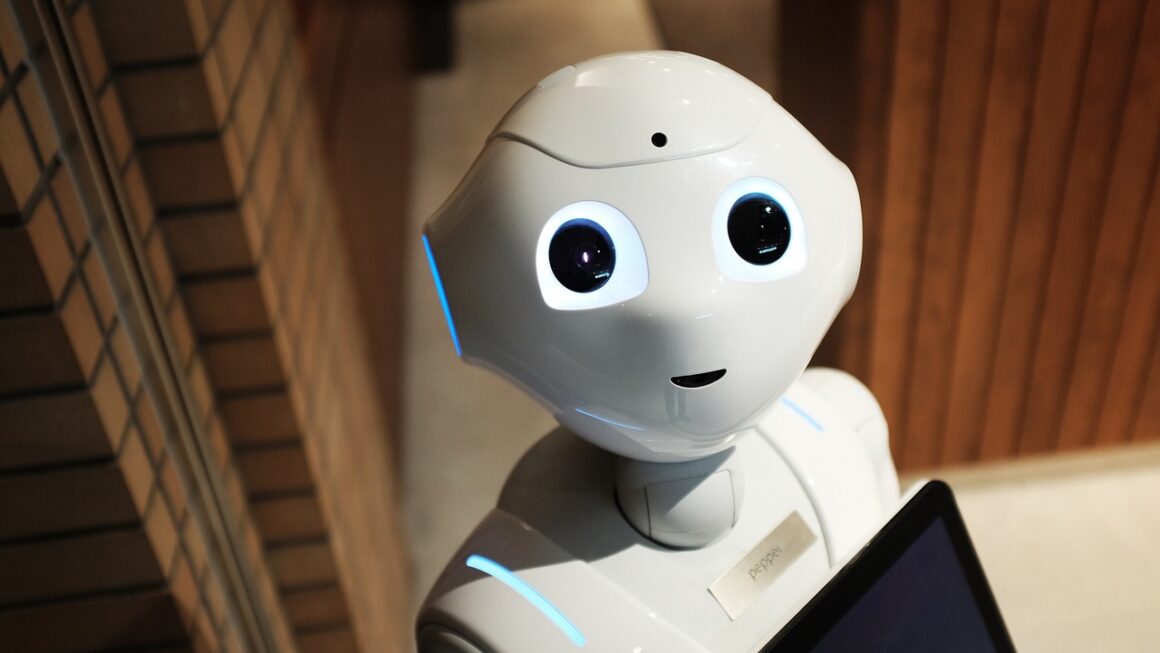Imagine a world where your daily routine is streamlined, your decisions are informed by insightful data, and your creativity is amplified. This isn’t some futuristic fantasy; it’s the emerging reality of the AI lifestyle. Artificial intelligence is rapidly integrating into every facet of our lives, from how we work and learn to how we manage our health and interact with our environment. This blog post will explore the transformative impact of AI and how you can embrace this technological revolution to live a more efficient, fulfilling, and connected life.
AI in the Home: The Smart Revolution
The home is becoming increasingly intelligent, thanks to AI-powered devices that automate tasks, enhance security, and provide personalized experiences.
Smart Home Automation
AI-driven smart home systems learn your preferences and habits to optimize your living environment.
- Lighting: Adjusts brightness and color temperature based on the time of day, mood, or activity.
- Temperature Control: Learns your heating and cooling preferences to maintain optimal comfort while saving energy.
- Security Systems: Uses facial recognition and motion detection to identify potential threats and alert you immediately.
- Voice Assistants: Allows you to control devices, play music, set reminders, and access information with simple voice commands. For example, you can say “Alexa, turn off the lights” or “Google, play my favorite playlist.”
- Practical Example: A smart thermostat learns your preferred temperature settings and adjusts them automatically based on your schedule, occupancy, and even the weather forecast. This not only keeps you comfortable but also reduces energy consumption and lowers your utility bills.
Entertainment and Media
AI enhances entertainment through personalized recommendations, improved streaming quality, and interactive experiences.
- Personalized Recommendations: Streaming services like Netflix and Spotify use AI algorithms to suggest content based on your viewing or listening history. This helps you discover new shows, movies, and music that you’re likely to enjoy.
- Enhanced Audio and Visual Quality: AI algorithms enhance image and sound quality in real-time, providing a more immersive viewing or listening experience.
- Interactive Gaming: AI powers realistic non-player characters (NPCs) and adaptive gameplay in video games, creating more engaging and challenging experiences.
- Statistic: According to a report by Grand View Research, the global smart home market size was valued at USD 84.5 billion in 2021 and is expected to grow at a compound annual growth rate (CAGR) of 12.3% from 2022 to 2030. This indicates the increasing adoption and integration of AI in homes worldwide.
AI at Work: Boosting Productivity and Innovation
AI is revolutionizing the workplace by automating repetitive tasks, enhancing decision-making, and fostering innovation.
Automation and Efficiency
AI-powered automation streamlines workflows and frees up human workers to focus on more creative and strategic tasks.
- Robotic Process Automation (RPA): Automates repetitive tasks such as data entry, invoice processing, and report generation.
- Chatbots and Virtual Assistants: Provide instant customer support, answer frequently asked questions, and schedule appointments.
- Predictive Maintenance: Uses sensors and machine learning algorithms to predict equipment failures and schedule maintenance proactively.
- Actionable Takeaway: Identify repetitive tasks in your workflow that could be automated with AI-powered tools. Explore RPA solutions or chatbots to streamline these processes and free up time for more strategic activities.
Data Analysis and Decision Making
AI algorithms can analyze vast amounts of data to identify patterns, trends, and insights that would be impossible for humans to detect manually.
- Business Intelligence (BI): AI-powered BI tools help businesses analyze sales data, customer behavior, and market trends to make better informed decisions.
- Risk Management: AI algorithms can assess risk factors and identify potential threats in financial markets, supply chains, and other areas.
- Personalized Marketing: AI analyzes customer data to create targeted marketing campaigns that resonate with individual customers.
- Practical Example: A marketing team uses AI to analyze customer data and identify the most effective channels and messaging for their target audience. This results in higher conversion rates and improved ROI.
The Rise of AI-Assisted Creativity
AI is not just about automation; it’s also becoming a powerful tool for creative expression.
- AI-Powered Design Tools: Software like Canva and Adobe Sensei use AI to assist designers with tasks such as image recognition, content-aware fill, and font recommendations.
- AI Music Composition: Tools like Amper Music and Jukebox allow users to generate original music in various styles using AI algorithms.
- AI Writing Assistants: Grammarly and other AI-powered writing assistants help users improve their grammar, style, and clarity.
AI and Health: Personalized and Proactive Care
AI is transforming healthcare by enabling personalized treatments, improving diagnostics, and enhancing patient care.
Personalized Medicine
AI algorithms can analyze a patient’s genetic data, medical history, and lifestyle factors to create personalized treatment plans.
- Drug Discovery: AI accelerates the drug discovery process by identifying potential drug candidates and predicting their effectiveness.
- Precision Diagnostics: AI analyzes medical images such as X-rays and MRIs to detect diseases earlier and more accurately.
- Wearable Health Trackers: Smartwatches and fitness trackers use AI to monitor vital signs, track activity levels, and provide personalized health recommendations.
- Practical Example: AI algorithms analyze a patient’s genetic profile to predict their risk of developing certain diseases and recommend preventative measures.
Remote Patient Monitoring
AI-powered remote monitoring systems allow healthcare providers to track patients’ health remotely and intervene proactively when necessary.
- Wearable Sensors: Monitor vital signs, activity levels, and sleep patterns remotely.
- Virtual Assistants: Provide medication reminders, answer questions, and schedule appointments.
- Telemedicine: Allows patients to consult with doctors remotely via video conferencing, improving access to care for people in remote areas or with mobility issues.
- Statistic: According to a report by MarketsandMarkets, the global artificial intelligence in healthcare market is projected to reach USD 67.4 billion by 2027 from USD 6.9 billion in 2021, at a CAGR of 45.6% during the forecast period.
Mental Wellness Support
AI is increasingly being used to support mental well-being, offering accessible and personalized solutions.
- AI-powered Chatbots: Provide on-demand mental health support and guidance.
- Mood Tracking Apps: Help users monitor their moods and identify triggers for negative emotions.
- Personalized Meditation and Mindfulness: AI algorithms adapt meditation exercises to an individual’s specific needs and preferences.
AI and Education: Personalized Learning Experiences
AI is transforming education by providing personalized learning experiences, automating administrative tasks, and enhancing teaching methods.
Personalized Learning Paths
AI algorithms analyze student performance data to create personalized learning paths that cater to individual needs and learning styles.
- Adaptive Learning Platforms: Adjust the difficulty of learning materials based on a student’s performance.
- Personalized Tutoring: Provides one-on-one tutoring and feedback to help students master specific concepts.
- Automated Grading: Automates the grading of objective assessments, freeing up teachers to focus on more personalized instruction.
- Actionable Takeaway: Explore AI-powered learning platforms and tools that can provide personalized learning experiences for yourself or your children. These tools can adapt to individual learning styles and paces, leading to improved learning outcomes.
Enhanced Accessibility
AI can make education more accessible for students with disabilities.
- Speech Recognition Software: Transcribes lectures and provides real-time captions for students who are deaf or hard of hearing.
- Text-to-Speech Software: Reads aloud text for students with visual impairments or learning disabilities.
- Automated Translation: Translates educational materials into different languages, making them accessible to a wider audience.
AI for Teachers
AI is also a powerful tool for teachers, assisting them with administrative tasks and helping them to better understand their students’ needs.
- Automated Lesson Planning: AI can help teachers create lesson plans by suggesting relevant resources and activities.
- Student Performance Analysis: AI algorithms can analyze student performance data to identify students who are struggling and provide targeted support.
- Personalized Feedback:* AI can help teachers provide personalized feedback to students on their assignments.
Conclusion
The AI lifestyle is not a distant dream; it’s a rapidly evolving reality. By embracing AI-powered technologies in our homes, workplaces, healthcare, and education systems, we can unlock new levels of efficiency, productivity, and personalization. While there are challenges and ethical considerations to address, the potential benefits of AI are undeniable. By staying informed and proactively adopting AI solutions, we can all harness the power of artificial intelligence to live more fulfilling and connected lives. The future is intelligent, and it’s here now.




